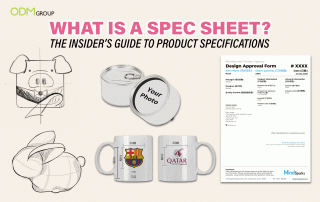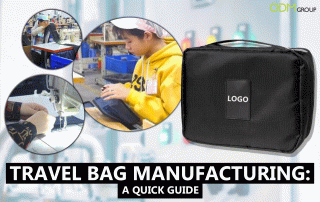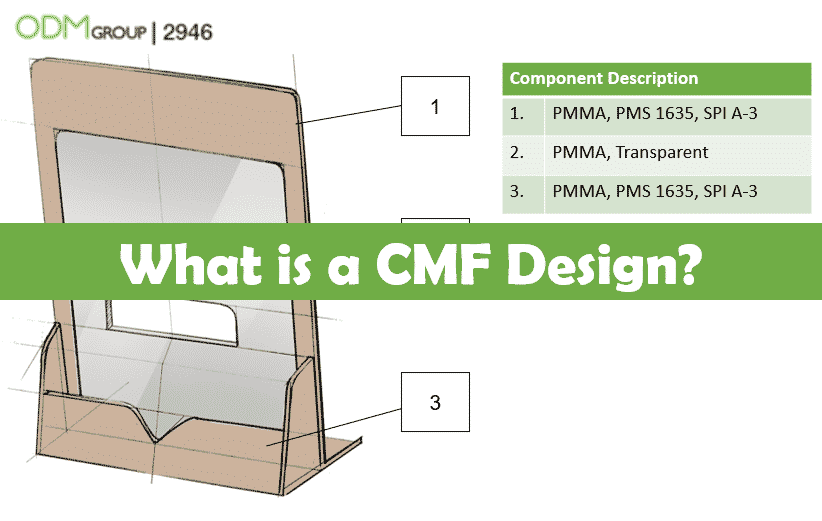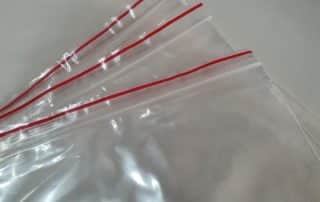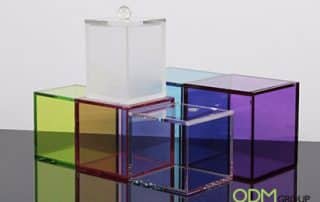Manufacturing a prototype is one of the essential steps in product development. By creating a prototype or a model of the actual product that you want to create, you are able to analyze what parts of the product need finetuning, determine product cost, as well as obtain valuable feedback. Thermoplastic, specifically PP (Polypropylene) and POM (Polyoxymethylene) are two of the most commonly used materials in manufacturing a prototype by thermoplastic molding.
But what is the difference between POM and PP plastics? What are the applications and benefits of each material?
PP vs. POM
PP (Polypropylene)
PP is a hard crystalline thermoplastic used in the manufacture of various household products, automotive and electronic components, food storage, and product packaging. They can also be used to make medical devices and textiles.
Properties:
- It does not react to diluted acids and bases, making it ideal as a container or packaging for cleaning agents, detergents, vinegar, and first-aid products.
- It has no pungent smell.
- Good resistance to flexural fatigue and stress cracking. As such, it retains its shape after a lot of bending, making it ideal for manufacturing living hinges.
- Excellent corrosion resistance and electrical properties, which is why it is great for making electronic components.
- Brittle at low temperature
- Sensitive to copper
- Low density and low hardness
- Elongation 10% – 20%, Rockwell hardness 90-105, hot deformation temperature 57-65
The versatility and adaptability to various fabrication techniques make PP plastics a beneficial raw material in producing a wide variety of products.
Products that are made from PP
1. Beverage Cooler
This beverage cooler with a foosball game on the cover is made from PP and reinforced with UV protective powder, making it durable and weather-resistant. The addition of a foosball game is an innovative idea that allows customers to enjoy their beer while having a friendly match with their friends. It is portable, so this can be used and played anywhere. Moreover, it is made trolley-style so that it can be easily wheeled in and outside your home.
2. Packaging
If you are looking for new sustainable packaging concepts for your company, then here’s a great example. Made from Spunbond PP material, this packaging idea is a greener alternative to single-use plastic. Ideal for food delivery services such as Food Panda and Grab Food, this will certainly help retailers to rethink the way they package their products.
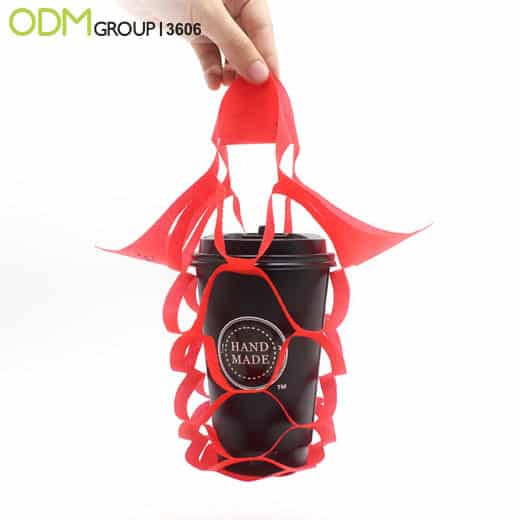
Thermoplastic Molding
3. PPE – Woven and Non-Woven face Masks
Polypropylene is also an important raw material for the manufacture of face masks. Disposable surgical masks consist of 3 layers. The 2 outer layers contain 20-25 grams per square meter of melt-blown non-woven polypropylene (PP). The middle layer is a microfibre filter designed to filter out microparticles. The inner layer of the mask is absorbent, mopping up moisture and mucus from your mouth and nose, while the outer layer of PP is water-repellant.
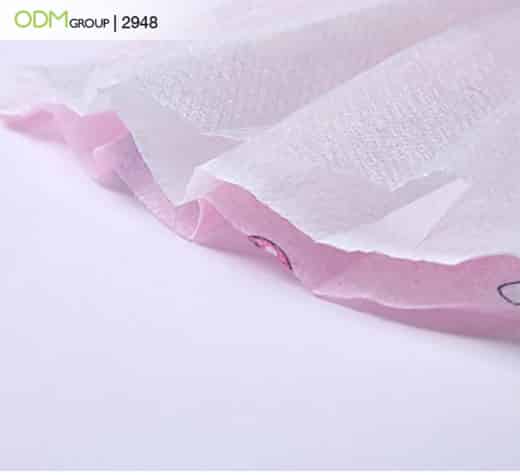
Thermoplastic Molding
Spunbond and melt-blown PP can also be added to homemade reusable face masks to reinforce their effectiveness.
POM (Polyoxymethylene)
This thermoplastic is also known as acetal, polyformaldehyde, and polyacetal. POM comes in granulated form and can be fashioned into any shape with heat and pressure. They are most commonly used in injection molding, rotational molding, extrusion, and blow molding.
It is the material of choice when it comes to manufacturing precision parts that demand good dimensional stability.
POM resin is commonly used to make switch shells, switch handles, telephone, gear, the impeller of automobile water pumps, automotive and electrical industry.
Properties:
- Has a pungent smell – Polyoxymethylene produces formaldehyde, which is responsible for the pungent smell.
- Good rigidity – One of the properties of POM is that it is very rigid and tough.
- Fatigue resistance
- Wear resistance
- Excellent water resistance
- Poor heat resistance and fire resistance.
- Elongation 12% – 15%, Rockwell hardness 85-118, hot deformation temperature 110-124.
- Good comprehensive properties and colorability, fatigue resistance are the best in thermoplastic.
- Wear resistance and self-lubrication are better than most engineering plastics.
- Suitable for friction parts.
Aside from PP and PPOM, other types of thermoplastics can be used for rapid prototyping and promotional product manufacture. Here is a quick rundown:
Other Materials for Thermoplastic Molding
Polycarbonate Properties
- Excellent impact toughness
- Good dimensional stability
- Transparent
- Stress cracking tendency
- Poor wear resistance
Sunglass lenses are one of the best examples of promotional products that are made of polycarbonate. Polycarbonate lenses are also ideal for children’s eyewear and prescription safety glasses. This material is lighter and thinner than standard plastic or glass lenses and may be more comfortable to wear and still don’t sacrifice quality.
Polyethylene (PE) Properties
PE polyethylene, commonly used in food bags, laminates, films, pipes and fittings, plastic parts, and packaging. Because of its high tensile strength, it is commonly used in making ropes, decorative fabrics, and fishing nets.
The most common plastic in the world, PE, has low strength, hardness, and rigidity. It usually has a milky white color and is the plastic found in medicine bottles, milk, and detergent containers. PE is highly resistant to various chemicals but has a low melting point.
- Good processability
- Corrosion resistance
- Excellent high-frequency electrical properties
- Low thermal deformation temperature
- Poor mechanical properties.
- Used for the agricultural film.
Acrylonitrile Butadiene Styrene Copolymer (ABS):
ABS is an impact-resistant engineering thermoplastic and amorphous polymer that is used in making pipe fittings, shells of electronic products, and household products.
Because it has a low melting point, it proves to be an extremely flexible material with a wide application. It can be easily processed in many standard machines, making it ideal for injection molding and 3D printing.
- High rigidity
- Good toughness
- Low hygroscopicity
- Lasy coating
- Poor weather resistance
Polyvinyl chloride (PVC):
- High strength, flame retardant
- Good corrosion resistance
- Low price
- low heat resistance
Polyamide (Nylon) (PA):
- With excellent wear resistance and toughness
- Excellent oil resistance
- Strong water absorption
- Elongation 60% – 240%, Rockwell hardness 85-118.
- Excellent wear resistance and self-lubrication
- Low hot deformation temperature
So, Which Plastic Material is Better for Thermoplastic Molding?
PP vs. POM — which thermoplastic is better? Perhaps, the right question should be, which plastic is suitable for what product?
Tons of plastics can be utilized for rapid prototyping or low-volume manufacturing. Each material has trade-offs when it comes to cost, strength, flexibility, and surface finish. Consideration must be given not only to the application of the product but also to the conditions you will use. As they have different qualities, they serve different purposes, and they offer different benefits.
If you are looking to produce plastic containers, then PP and PE would be the more suitable choices. PP is heat resistant, impervious to oils and solvents, and doesn’t filter chemicals, making it safe. PP also has a higher balance of stiffness and impact strength and can repeatedly bend without breaking. You can also use it for applications in pipes and hoses. PE is the most commonly used plastic globally and has low strength, hardness, and rigidity. Frequently found in medicine and milk bottles, PE is very resistant to numerous chemicals but has a low melting point.
If you want to manufacture mechanical parts, POM would be a better material. POM has high flexural and tensile strength, hardness, and stiffness. However, POM can degrade with alkali, chlorine, and hot water and can be challenging to bond.
Connect With Our Team
Partnered with different manufacturing companies in China, the ODM team has a wide array and expertise in producing prototypes for all kinds of promotional products. Aside from sourcing and manufacturing, we are also a leading company that provides excellent promotional and giveaway products. We pride ourselves on being a trusted company by businesses in Asia.
Aside from promotional products, ODM also creates first-rate POS display units and branded product packaging. So, if you want to learn more about our high-quality services, do not hesitate to reach us today. Our staff will work tirelessly to meet your requests.
Together with our design agency, Mindsparkz, we will help you plan and produce effective branded promotional gifts to suit your brand. We make sure to uphold our mission of providing clients with high-quality and practical promotional products. Contact us today!
Product prototyping is a crucial stage in product development. It is the initial process to turn ideas into tangible and highly functional items. Interested in how this process works?
There are different forms of prototyping; from drafting storyboards, making clay molds, making plastic molds, and creating digital prototypes. Our team prefers the latter, and here are the reasons why.
Other Related Blogs
What is CMF design for custom promotional products? How important this process is in ensuring that your requirements are met? Find the answers by tapping the CMF table below:

